THE microfinance credit-only sector has posted a strong financial performance for the first nine months of the year despite operating under a challenging environment, according to Zimbabwe Association of Microfinance Institutions (Zamfi).
In its microfinance credit-only sector performance report for the period ended September 30, 2018, Zamfi said total income for the period under review amounted to $50,3 million against total operating expenses of $40,5 million.
"This translated to an operational self sufficiency of 124 percent, up from 116 percent reported in June 2018. This is marginally above the international benchmark of 120 percent expected for the sector," said the microfinance association.
"The sector reported a net profit before tax of $9,8 million, an increase by $5,57 million from $4,23 million registered for the six month period up to June 2018."
During the quarter the return on assets and equity for the sector was five percent and 15 percent respectively while during the previous quarter the return on equity was eight percent.
Microfinance credit disbursed amounted to $116,5 million, a significant increase from $87,3 million disbursed during the quarter ending 30 June 2018. Outstanding loans as at the end of September 2018 were $176,4 million, up from $137,1 million, as at June 30, 2018.
"The strong outreach performance is a reflection of increased demand for micro-loans by both individuals and small business engaging in productive sectors of the economy," said Zamfi.
"The momentum is most likely to be maintained during the last quarter of the year in view of the sudden surge in prices, which will most likely increase the amount of loans required by borrowers." The sector reduced its portfolio at risk (PAR >30days) to six percent from 7,4 percent during the previous quarter.
"This is quite a remarkable achievement under the current tight liquidity conditions and inflationary pressures negatively affecting the disposable income of most of the borrowers," it said.
Under social performance indicators analysis, lending for developmental purposes (business loans and agriculture) amounted to $86,3 million, representing 48 percent of the total loans. Close to 15 microfinance institutions (MFIs) were identified with more than 50 percent of their loan book constituting developmental loans.
"While it should be noted these MFIs are indeed doing a great work in support of developmental lending, their current high PAR ratios may pose a high credit risk to their operations, which may ultimately affect negatively, their earnings, capital and going concern," said Zamfi.
It said a short-term mitigating strategy going forward could be to diversify their portfolio and put in place appropriate risk concentration limits. Zamfi noted that the best indicator of the overall efficiency of the microfinance sector is the operational expenses ratio, which has remained within the range of 14 percent to 16 percent for the three conservative quarters of March, June and September 2018.
"The ratio measurers the cost of delivering loan services. Though there is no international benchmark for the ratio, the lower the ratio, the higher the efficiency," it said.
- chronicle
 Concern over Masvingo black market
Concern over Masvingo black market  Kenya declares three days of mourning for Mugabe
Kenya declares three days of mourning for Mugabe  UK's Boris Johnson quits over Brexit stretegy
UK's Boris Johnson quits over Brexit stretegy  SecZim licences VFEX
SecZim licences VFEX  Zimbabwe abandons debt relief initiative
Zimbabwe abandons debt relief initiative  European Investment Bank warms up to Zimbabwe
European Investment Bank warms up to Zimbabwe  Young Investment Professional (YIP) Graduate Programme 2019
Young Investment Professional (YIP) Graduate Programme 2019 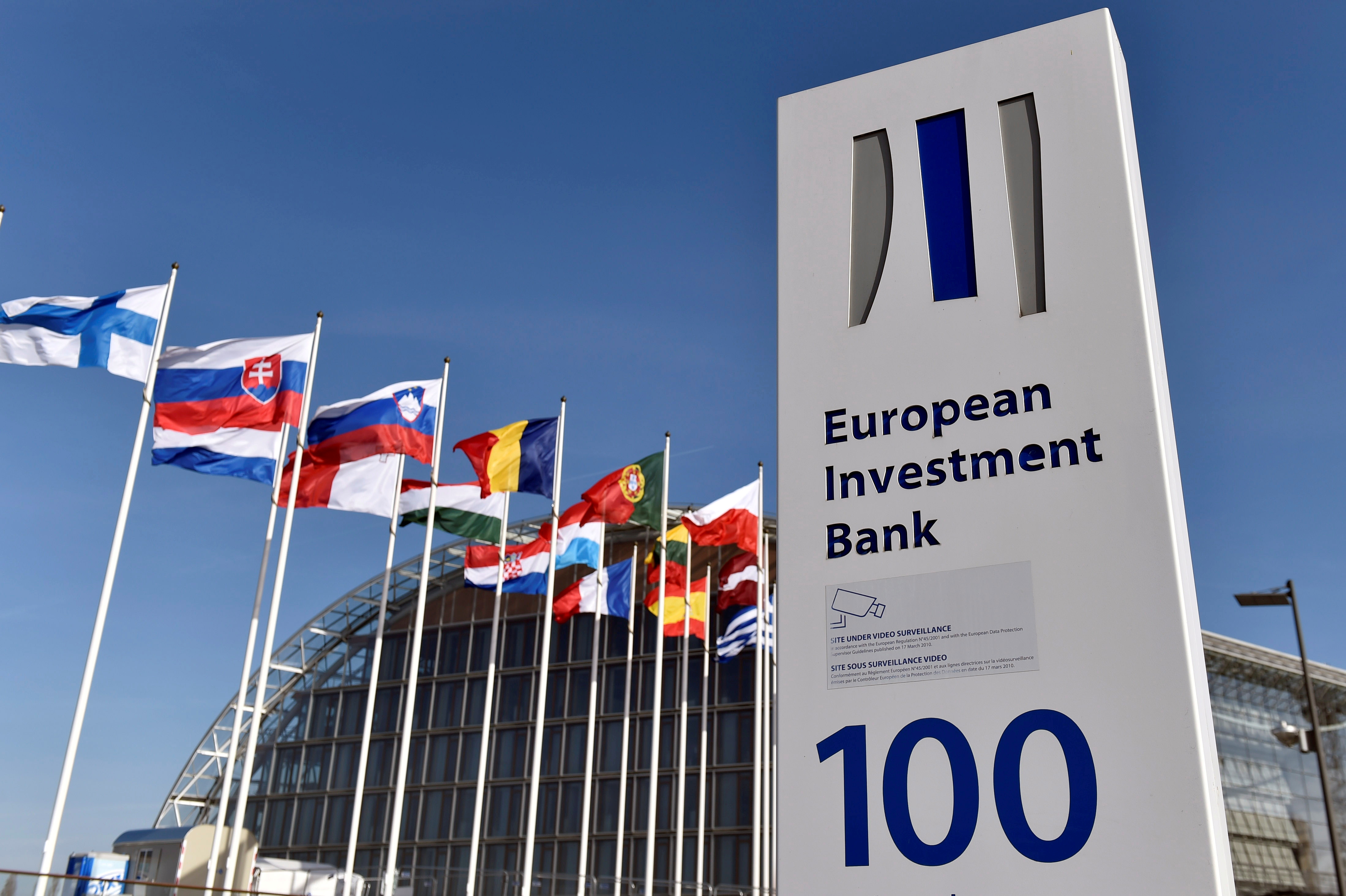

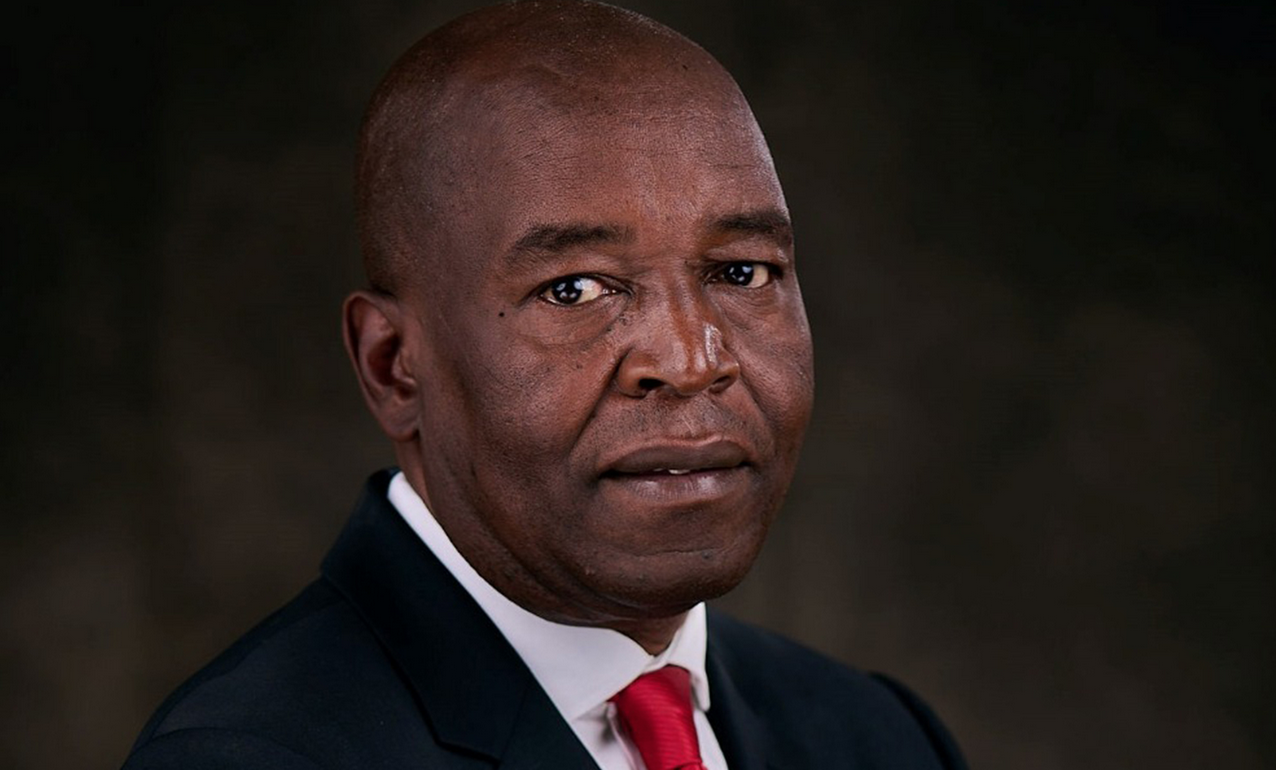

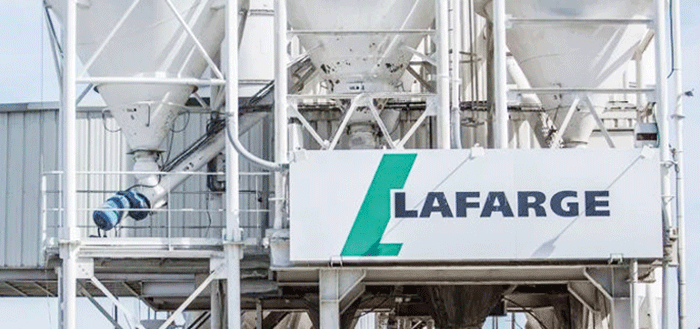
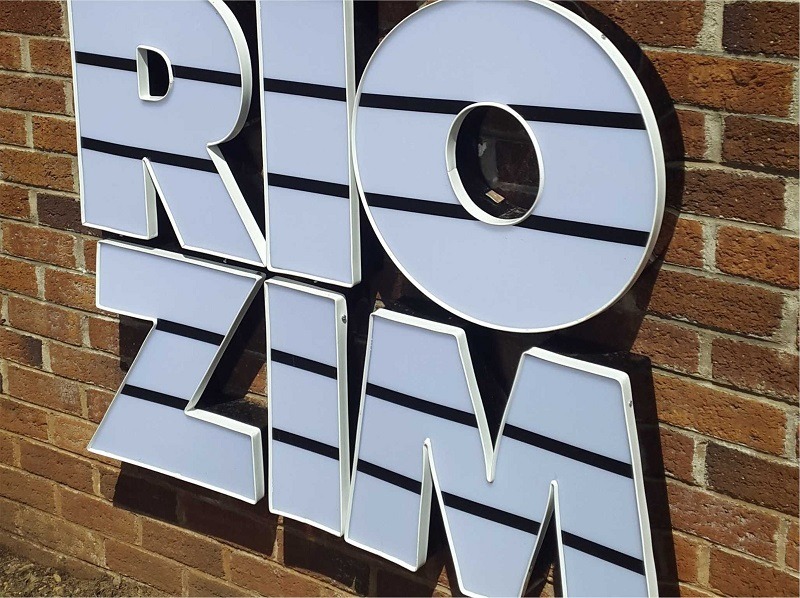


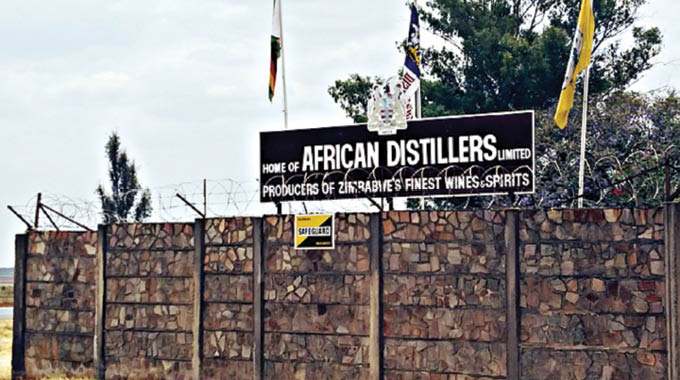


 Young Investment Professional (YIP) Graduate Programme 2019
Young Investment Professional (YIP) Graduate Programme 2019
Editor's Pick